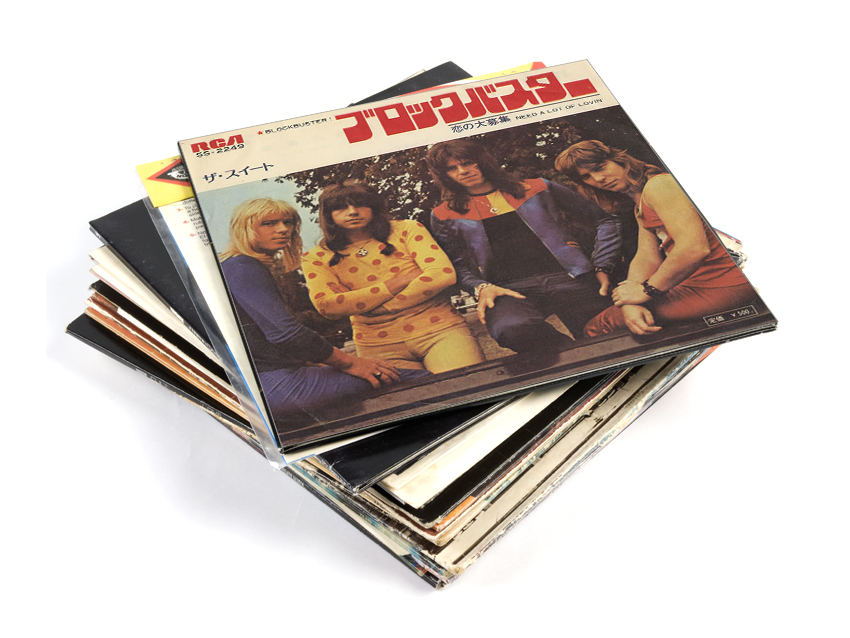
The Sweet - Blockbuster
A great song without FX is still a great song, but sometimes a humble stompbox can enliven the most ordinary guitar part and turn it into something special.
In this no-way-definitive list, and in no particular order, we reach for our nine-volt batteries to bring you 51 great FX moments. In the main, the list comprises choice recordings, but certain guitarists are just so synonymous with effects that we had to present you with a selection of tracks from their back catalogue.
First up, here's an, ahem, Sweet moment in guitar history...
Guitarist: Andy Scott
Effect used: Shin-Ei Siren/Hurricane
Featuring a main riff nearly identical to David Bowie’s Jean Genie and released via the same label just weeks earlier, The Sweet’s 1973 track was the band's most enduring moment. This is partly due to Scott’s ‘siren’ intro riff created on, yes, a Shin-Ei Siren/Hurricane pedal.
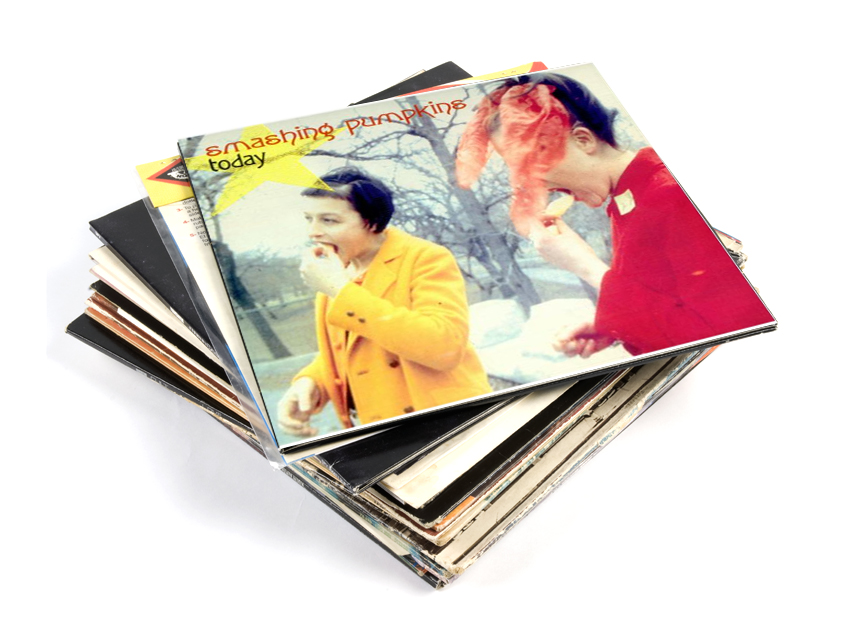
Smashing Pumpkins - Today
Guitarist: Billy Corgan
Effect used: Electro-Harmonix Big Muff
Corgan’s JCM800 modified for KT88 valves with a Big Muff plugged into its low-gain input became the signature sound of a still astonishing album. Today would become the band’s breakthrough hit, and when the angelic intro gives way to a crashing wave of fuzz, millions of teenagers of the 1990s still throw shapes in unison.
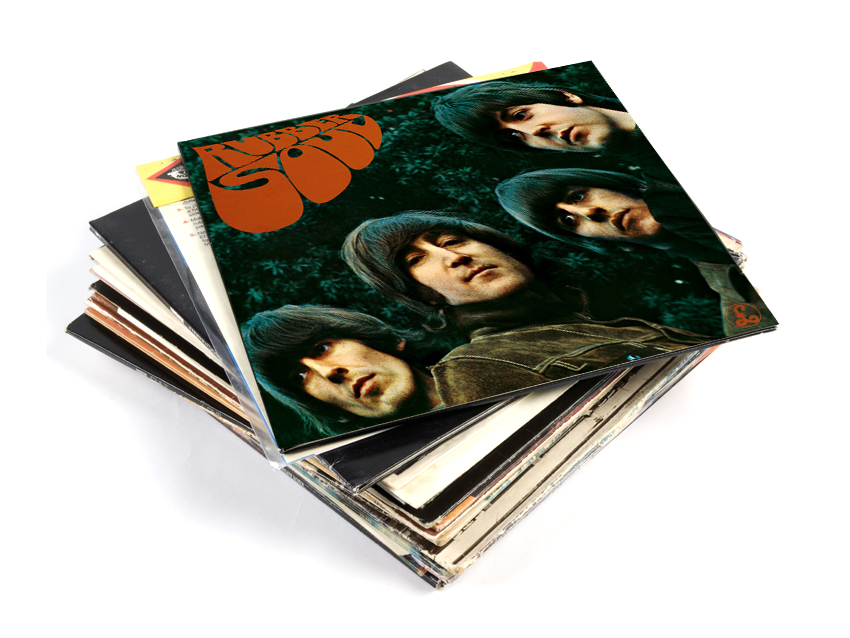
The Beatles - Think For Yourself
Bassist: Paul McCartney
Effect used: Tone Bender
Despite experimenting with a Maestro Fuzz-Tone as early as the 1963 She Loves You sessions, Rubber Soul saw the first appearance of a fuzzbox on a Beatles recording: a Gary Hurst-designed Tone Bender in combination with Macca’s new left-handed Rickenbacker 4001 on Harrison’s Think For Yourself.
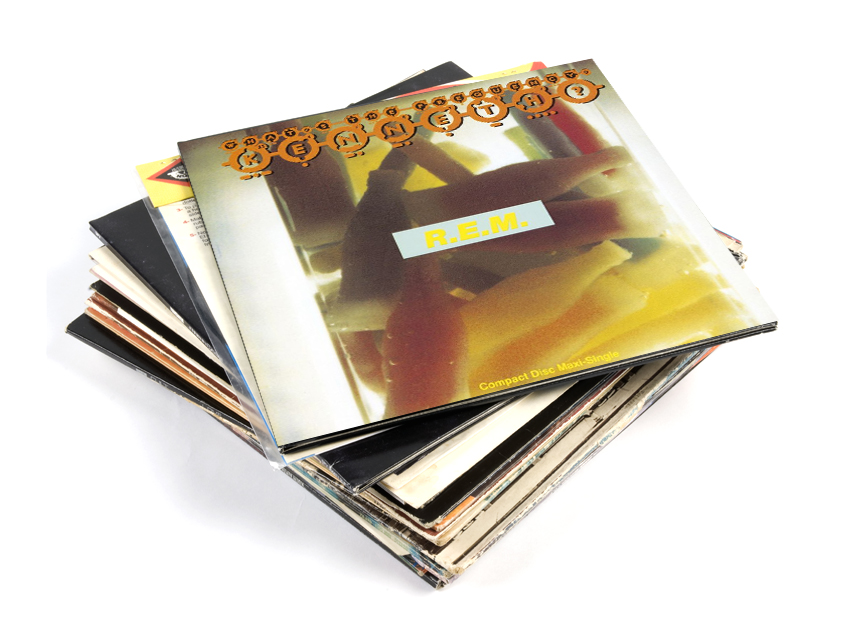
REM - What's the Frequency, Kenneth?
Guitarist: Peter Buck
Effect used: Tremolo pedal (make unknown)
REM’s grimy follow-up album to the elegiac Automatic For The People surprised everyone, not least with those guitars drenched in distortion and throbbing tremolo. The latter effect is the album’s totem, crashing in via opener 'Kenneth? (at 0.41), reinventing Peter Buck’s signature style in an instant. Nice backwards solo too…
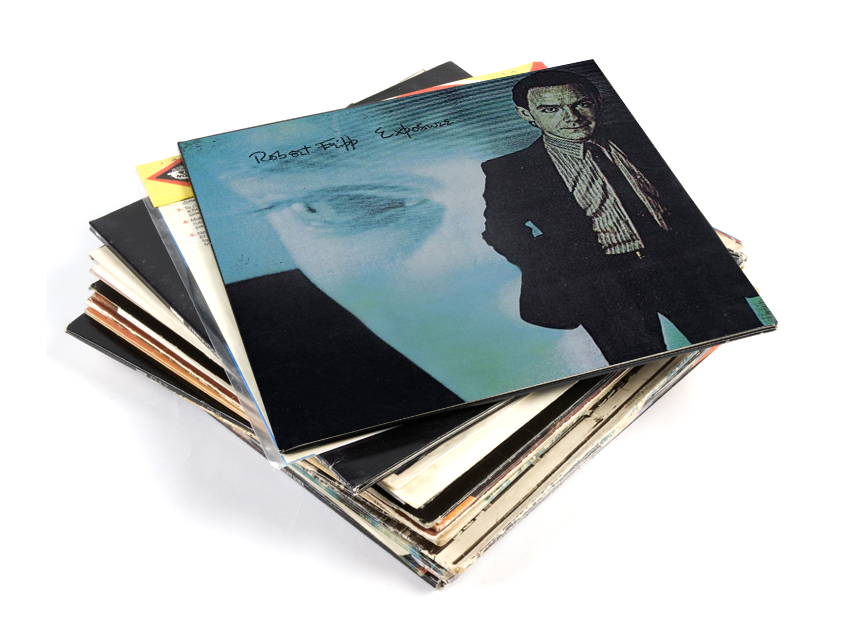
Robert Fripp with Peter Gabriel - Water Music 1/Here Comes The Flood
Guitarist: Robert Fripp
Effect used: His self-designed ‘Frippertronics’
This reworking of a Gabriel solo track was a notable early instance of Fripp using his own wah/fuzz/delay/tape loop set-up known as Frippertronics. While TC Electronics digital delays later replaced Fripp’s Revox decks, this track remains a pioneering moment in ambient guitar experimentation.
Did you know?
On his 1979 solo tour to demonstrate his Frippertronics music, Fripp played bizarre venues such as pizza parlours and barber shops - the latter giving rise to ‘barbertronics’, the sound of Fripp and guitar spontaneously soundtracking the cutting of hair. True!
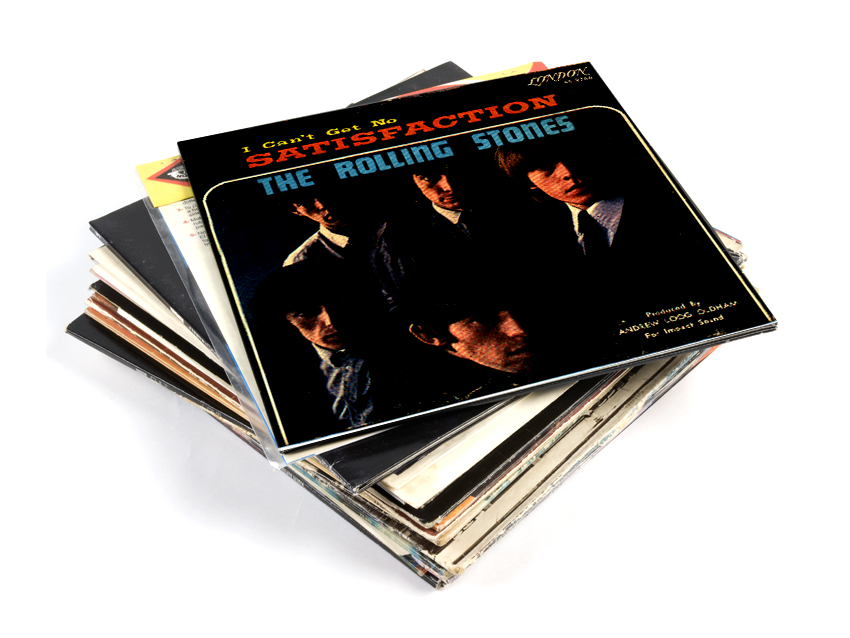
The Rolling Stones - (I Can't Get No) Satisfaction
Guitarist: Keith Richards
Effect used: Maestro Fuzz-Tone FZ-1
One morning in May 1965, at a Florida motel, Keith Richards awoke from a dream and - fuzzy-headed - fumbled around, grabbed a guitar and played an idea running through his head into a nearby tape recorder. “On the tape you can hear me drop the pick,” he recalled, “the rest is me snoring.”
Yet this germ of an idea soon grew into the Stones’ biggest hit - and with the addition of an early Fuzz-Tone pedal, a hit that forever changed the way guitarists wanted to sound. Yet Richards wasn’t thrilled. “If I’d had my way,” he grumbles, “Satisfaction would never have been released. The song was as basic as the hills, and I thought the fuzz guitar thing was a bit of a gimmick.”
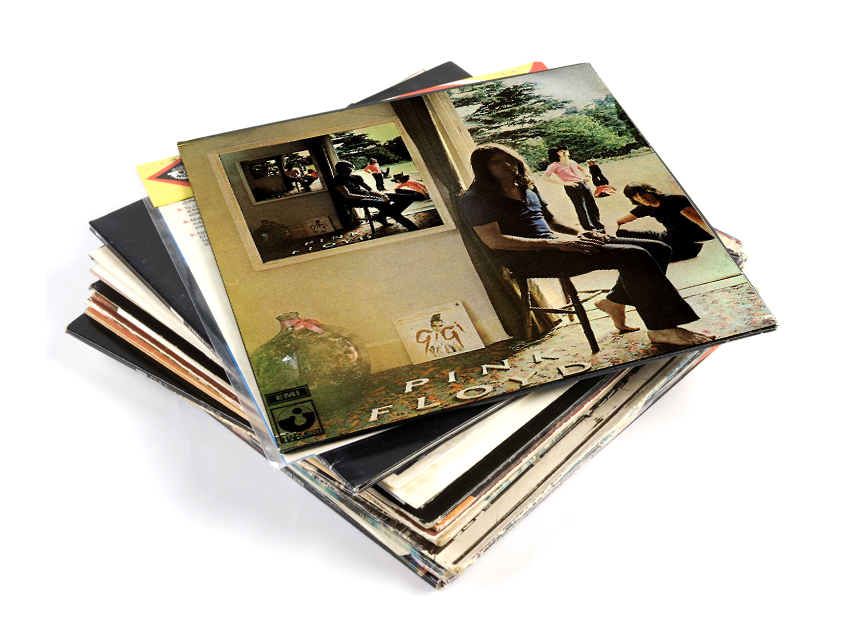
Pink Floyd
Guitarist: David Gilmour
Effects used: Arbiter Fuzzface, Uni-Vibe, Big Muff, Rat, Cornish Soft Sustain, Crybaby Wah, E-HX Electric Mistress, Binson Echorec and more
Like Jimi Hendrix, David Gilmour’s otherworldly guitar tones come from using not only little stompboxes but every facet of the studio, so many of the memorable moments of Floyd sonic frippery are hard to pinpoint.
In Floyd’s early days, his set-up consisted of a Binson Echorec tape delay, a Dallas-Arbiter Fuzzface, a Uni-Vibe pedal, a Vox wah-wah, a DeArmond volume pedal, and Leslie and Yamaha RA-200 rotating speaker cabinets. By 1972 the FX were mounted in a custom cabinet, and included a second Binson Echorec and a second Fuzzface, plus an MXR Phase 90, a Crybaby wah-wah, an Electro-Harmonix Electric Mistress flanger and Big Muff fuzz, and Orange treble and bass boosters.
He also has a Cornish Soft Sustain pedal, and it was in1976 that he turned to Pete Cornish to build him a custom switching set-up. The stompboxes Gilmour uses in a live setting have often been slightly modified, but as a rough guide, here goes…
While playing the whole of The Dark Side Of The Moon in 1994 (captured on the album Pulse), Breathe uses a BOSS CS-2 compressor, a Chandler Tube Driver, Uni-Vibe (from 1:15) and a TC Delay: the solo in Time (from 2:29) uses a Big Muff, the Tube Driver, Uni-Vibe and TC delay together.
For the first delay-tinged solo in Money (from 3:05) he combined the CS-2, Tube Driver, Sovtek Big Muff and TC Delay while the second dry solo mixed the tones of the Tube Driver and Rat distortion.
Despite Gilmour’s use of numerous distortions and fuzz, his fondness for Uni-Vibes - listen to TDSOTM’s Any Colour You Like (at 1:19) - is key to his sound. Indeed, he likes the pedal so much that when he moved to a predominantly rack-mounted system his guitar tech Phil Taylor dismantled it and rebuilt it in rack form - even having the old logo embossed on the new unit.
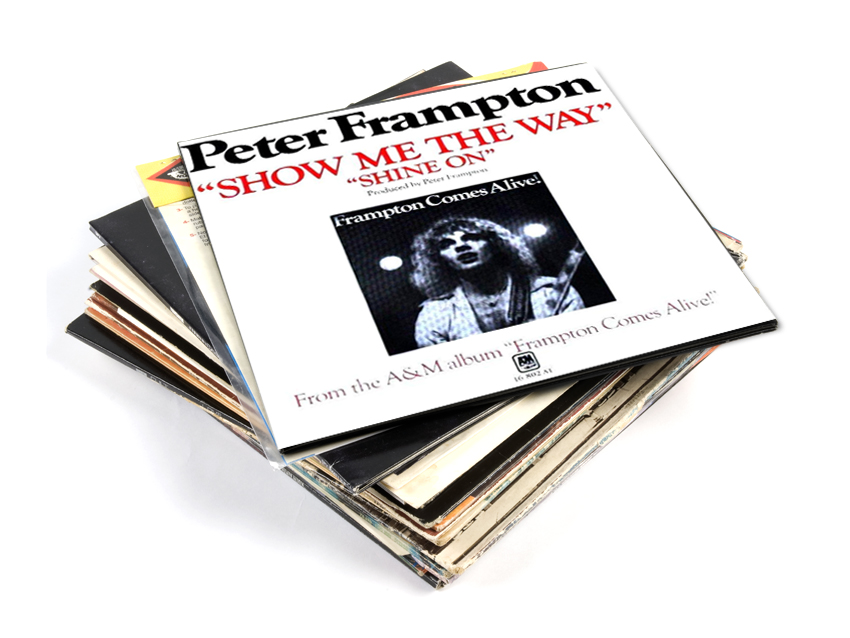
Peter Frampton - Show me The Way
Guitarist: Peter Frampton
Effect used: Heil Talk Box
Frampton first saw a talk box used by ‘talking steel guitar’ player Peter Drake, while they both played on George Harrison’s All Things Must Pass. Stevie Wonder, Jeff Beck and Joe Walsh soon adopted one but the effect became Frampton’s signature after his then-girlfriend found one in a shop for $150.
“It was the best investment I ever made,” he says. Indeed, via his Framptone FX company, Peter now makes his own version.
Did you know?
Joe Walsh claims he was responsible for showing Peter Frampton how to use the talk box: “then he went and got rich with it and never even thanked me…”

Nirvana - Come As You Are
Guitarist: Kurt Cobain
Effect used: Electro-Harmonix Small Clone Chorus
Immortalised in a haunting riff that became a ‘must-learn’ for any fledgling grunge guitar anti-hero, the Small Clone, with the depth switch hard-wired to the ‘up’ position, provided watery textures to mirror the album’s shimmering sleeve art.

Bon Jovi - Livin' On A Prayer
Guitarist: Richie Sambora
Effect used: Heil Talk Box
Bon Jovi oozed classic rock from every foundation-caked pore, and for Livin’ On A Prayer, Sambora decided to dredge up the talk box, an effect that hadn't been heard for a decade. “When I brought it up, everybody in the band started laughing at me like I was a goofy bastard,” Sambora recalls.
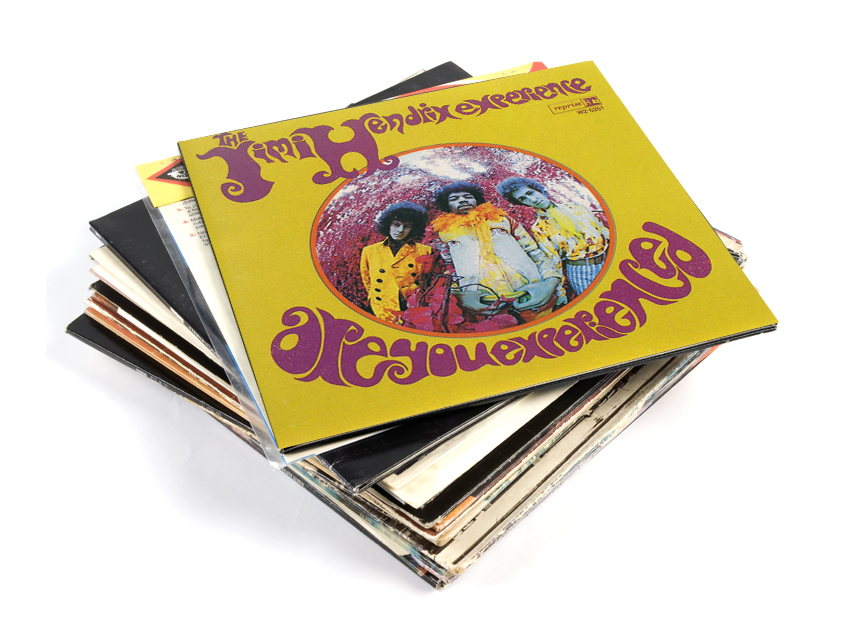
The Jimi Hendrix Experience
Guitarist: Jimi Hendrix
Effects used: Maestro Fuzz-Tone, Arbiter Fuzzface, Uni-Vibe, Vox wah, Octavia and more…
There’s no questioning Jimi Hendrix’s skills as a guitar player, yet the allure isn’t only in the notes he played, but the otherworldly sounds he conjured up.
A legendary live improviser, Hendrix was also fearless in the studio, using outboard FX and mixing boards almost as instruments. Fuzz, feedback, wah-wah, Leslie speakers/Uni-Vibes, tape echo and Octavia effects were all part of Hendrix’s palette, and there are literally scores of classic FX moments in the Jimi canon.
Listen to the stellar wah-wah signatures of Voodoo Child (Slight Return) (0:01 to 0:32 just may be the most famous wah guitar lick ever), the stunning third solo of All Along The Watchtower (from 2:16), Rainy Day, Dream Away (check the mimicking of speech from 3:12) and its reprise Still Raining, Still Dreaming, and, of course, on the whole of The Burning Of The Midnight Lamp.
Jimi once described wah-wah as sounding like, “that loneliness and that frustration and the yearning. Like something is reaching out” - with wah-wah, Hendrix undoubtedly connected.
His use of fuzz pedals went back even further. Late US bluesman Mike Bloomfield recalled seeing Jimi using a Maestro Fuzz-Tone (as heard on the Stones’ Satisfaction) in the summer of 1966, while he adopted a Dallas-Arbiter Fuzzface from the pedal’s launch later that year: hear it sting on Purple Haze (straight from the intro) and Bold As Love (his soloing tone suddenly gets filthy at 1:51).
Then there’s the Octavia, purpose-built for Jimi by UK FX legend Roger Mayer. It first appeared on the stinging outro solo of Purple Haze and can also be clearly heard on Little Miss Lover (from 1:19), One Rainy Wish (starting at 2:10), and the Band Of Gypsys’ Who Knows (from 6:28).
Hendrix used a real Leslie speaker for the likes of Little Wing, later adopting the similar-sounding and more portable Uni-Vibe on Hey Baby (from 0:12), Machine Gun (various points throughout) and his revolutionary reading of The Star Spangled Banner.
Add his command of volume swells, vibrato arm stunts, slides, slurs, siren noises and staccato passages and Jimi gave guitar (plus-FX) a whole new language. As The Who’s Pete Townshend recalled: “When he started to play, something changed. Colours changed. Everything changed.”
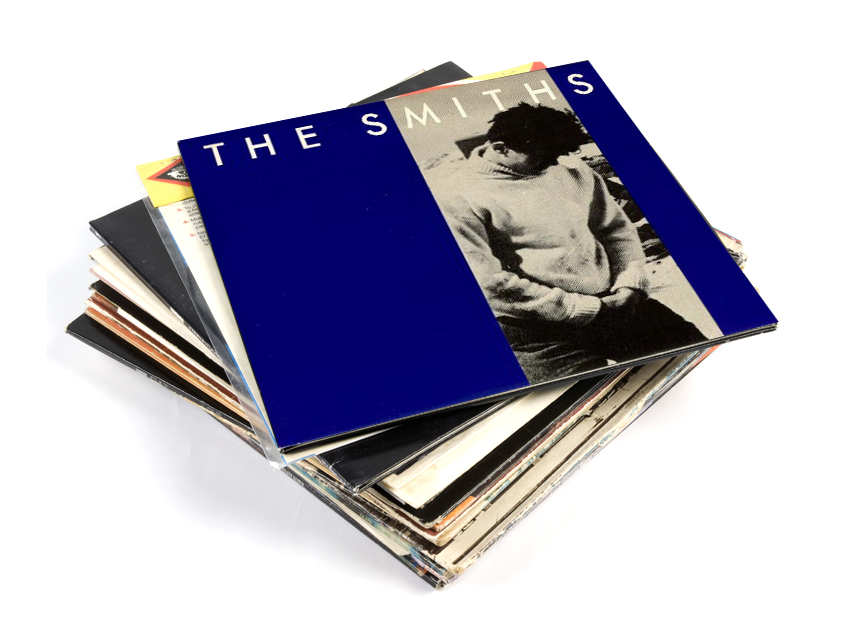
The Smiths - How Soon Is Now?
Guitarist: Johnny Marr
Effect used: tremolo (Fender Twins), AMS harmoniser
The throbbing, swampy riff of HSIN? would have been easy with a sampler: as it was, Smiths guitarist Johnny Marr had to play his F# riff dry, then send it back through two pairs of Fender Twins while he and producer John Porter manually adjusted the tremolo rates until they coincided. And then lay a harmonised slide wail over the top.
“I wanted an intro that was almost as potent as Layla,” he says, “when it plays in a club or a pub, everyone knows what it is.” With How Soon Is Now? Marr achieved just that.
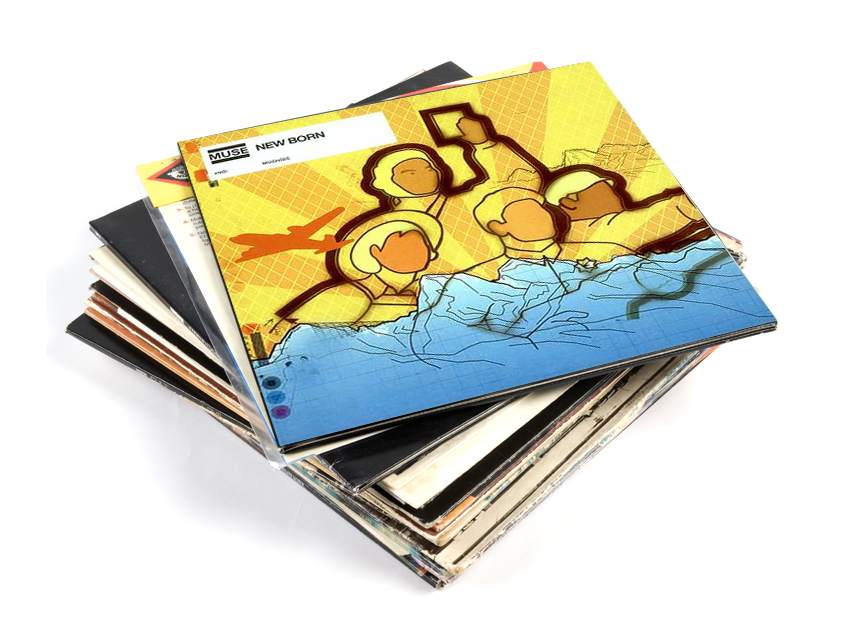
Muse - Newborn
Guitarist: Matt Bellamy
Effect used: ZVex Fuzz Factory (built into a custom Hugh Manson electric)
The opener from Muse’s second album is a statement of grandiose intent and a dramatic fusion of Queen’s rock operatics and Radiohead’s guitar contortions. Witness the gargantuan riff kicking in at 1:24 with a wall of FF-induced carnage.
Did you know?
Bellamy’s other favoured fuzz is a Foxx Tone Machine, a fuzz wah from the ‘60s.
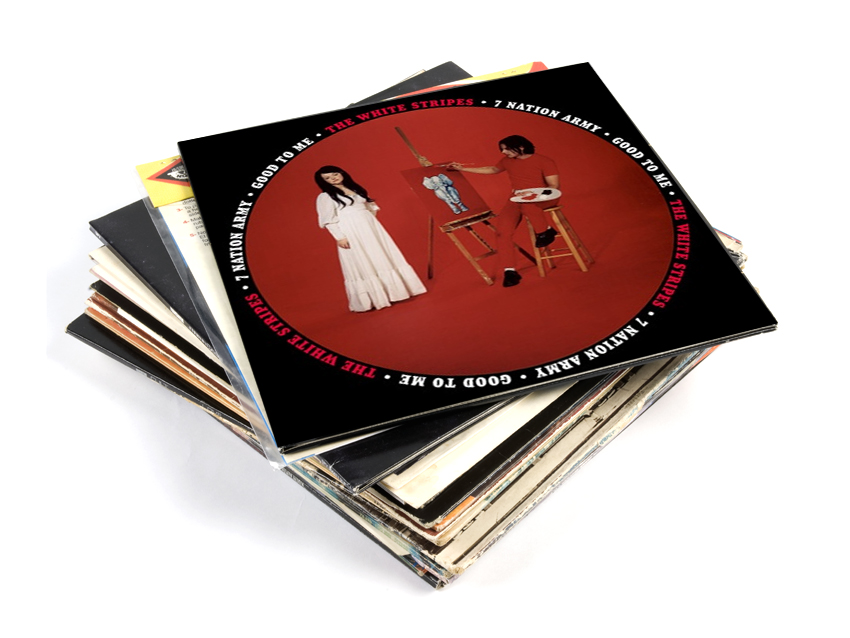
The White Stripes - Seven Nation Army
Guitarist: Jack White
Effect used: DigiTechWhammy pedal
It’s not often the NME gets embroiled in a debate about FX pedals, but that’s exactly what happened when The White Stripes released the lead single from their number one album Elephant. The duo’s ‘no bass’ ethos was seemingly shattered by the intro riff to this pulverising blues number: until Jack White revealed he’d used the octave setting on a Whammy pedal with his regular red Airline guitar. The Stripes’ ‘no bass’ rule had been preserved, and all was well with the world…
Did you know?
White rates this riff as one of his best: “If I ever got asked to write the next James Bond theme,” he says, “that would be the riff for it.” [For the record, since making this statement, White did write a James Bond theme - 2008's Another Way To Die with Alicia Keys - and it didn't sound like Seven Nation Army]
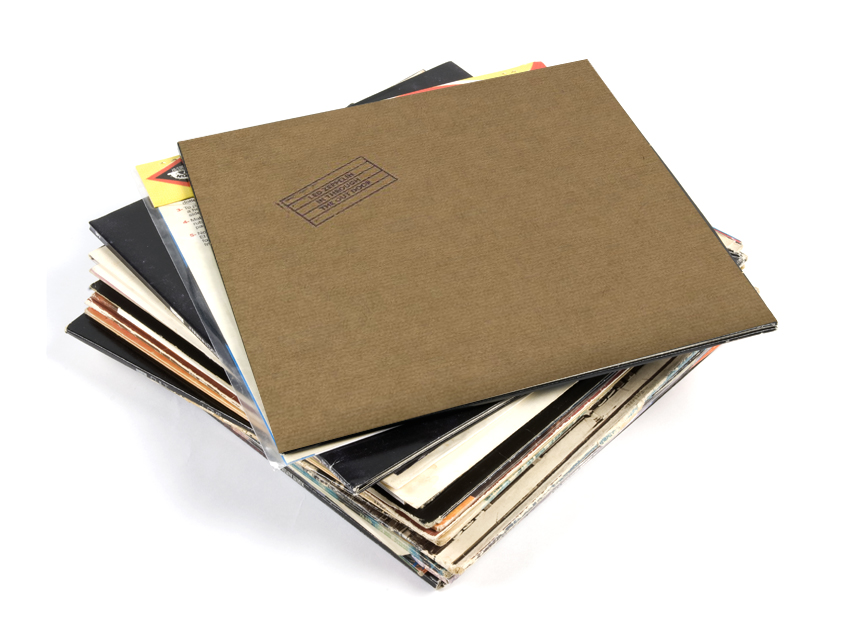
Led Zeppelin - Fool In The Rain
Guitarist: Jimmy Page
Effect used: MXR Blue Box
Page is a master of getting great guitar sounds, but one true ‘what the fuck?’ moment arrived courtesy of MXR’s oddball Blue Box, which adds fuzz and a note two octaves below the original.
It sounds crazy, and but for this solo the pedal would probably have been scrapped long ago.
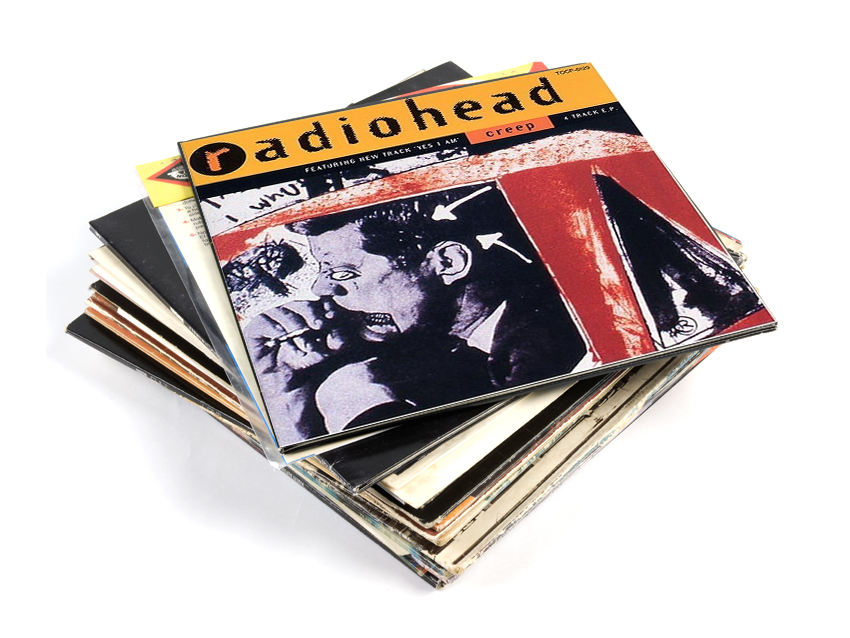
Radiohead
Guitarists: Jonny Greenwood, Ed O’Brien
Effects used: DigiTech Whammy, Marshall Shredmaster, Mutronics Mutator, Roland Space Echo, E-bow, Jim Dunlop tremolo, Electro-Harmonix Small Stone, Electric Mistress and much more
The moment that Jonny Greenwood jumped on his Marshall Shredmaster in a frustrated attempt to liven up Creep (Pablo Honey, 1993), his “abusive guitar” style of ferocious tremolo picking and effects manipulation has defined the Radiohead sound.
It was the title track of The Bends that really launched Greenwood as a bona fide guitar hero, with the essence of his guitar violence distilled in those short squealing stabs that frame Yorke’s “waiting for something to happen” lyric (first at 2:00), achieved by Greenwood dramatically yanking the high E string inches away from the fretboard.
Meanwhile, the arpeggiated intro of lead single My Iron Lung saw Greenwood set his original DigiTech Whammy’s harmoniser mode one octave up, but retaining the original note.
The technological limitations of the original Whammy add an eerily robotic, almost ring modulated flavour to the part, hinting at the austere arctic futurism that would follow on 1997’s milestone album OK Computer.
Radiohead’s grand guitar ambition was evident on OK Computer’s lead single, Paranoid Android. Greenwood’s phased (E-H Small Clone) arpeggios adorn the verses in the song’s first movement (from 0:09), before he ups the sci-fi ante for the climax with an angular killswitched solo fed twice through a Mutronics Mutator rack filter and liberally contorted (listen from 5:48!). Still influential? Witness the floppy-fringed Telecaster strangling of Bloc Party’s Russell Lissack.
Despite Greenwood’s fireworks, Ed O’Brien’s role in Radiohead’s guitar sound cannot be overstated -particularly on recent albums that have seen Greenwood noodling at a Korg Kaoss Pad or keyboards.
O’Brien is Radiohead’s stompbox addict: his live twin pedalboards and rack includes rare fuzzboxes, Roland Space Echoes, a Lovetone Meatball envelope filter, Line 6 stompboxes and a Dunlop Tremolo and many more. O’Brien is often responsible for the ambient washes that add atmospheric tension to passages of songs such as My Iron Lung and Talkshow Host; often in combination with an E-bow and subtle whammy bar pitch changes.
Perhaps the best example of O’Brien’s effectsmanship is the crescendo of Karma Police (circa 3:45 on), the result of a rackmount AMS digital delay being mistreated which, according to frontman Thom Yorke, is a, “machine that malfunctions wonderfully”. The searing, degenerating repeats were achieved by turning up the delay regeneration, then slowing the rate down.
Clearly, Radiohead can’t get enough of effects. According to O’Brien: “It’s how you use them, in what order you put them. Out in America we pick up loads of stuff from secondhand stores, funky old pedals. We’ve got a great fuzz pedal; the distorted bass at the end of Exit Music (For A Film) was a ‘60s Japanese fuzz I picked up in LA. It’s a great pedal. 60 bucks - you put it on a guitar and it sounds like Telstar.”
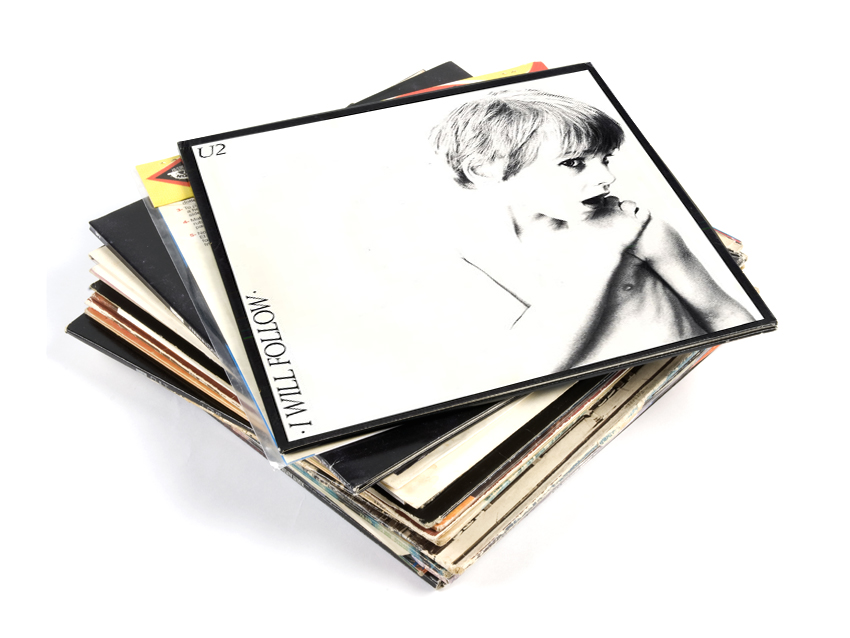
U2
Guitarist: The Edge
Effects used: E-HX Memory Man Deluxe, BOSS SD-1, E-H Big Muff, Ampeg Scrambler, DigiTech Whammy, Ibanez TS9 Tube Screamer, Dunlop Wah, a custom rack and much more!
Bono has a nickname for The Edge - yes, another one. He calls him The Scientist. One glimpse at the U2 guitarist’s effects collection and you can see why. “Whether it’s a Fuzz-Tone or a wah-wah pedal, if it’s really happening it becomes part of the instrument,”
Edge muses. “I don’t think about playing through an effect, I think about playing the whole thing.”
There are numerous vivid FX moments in the U2/Edge canon and, literally, hundreds of pedals at work too. The signature echo/delay riffs of early tracks such as I Will Follow and Pride (In The Name Of Love) relied on Electro-Harmonix’s Memory Man Deluxe (abandoned by the ‘90s “because you can’t program it”), but his FX- driven style bloomed with the breakthrough album The Joshua Tree.
For a typical example of his delay savvy, listen to Where The Streets Have No Name and how the intro’s circular delayed arpeggios (0:14-0:35) build into partial powerchords (0:35-1:17) then keep flickering between styles until the arpeggiated coda (4:21). The licks are simple, but try playing it all in time with that many delayed/echoed notes.
On The Unforgettable Fire, alongside these delay stylings, he used an E-Bow - yet such ‘primitive FX technology was soon superseded by the mysterious Infinite Guitar system (developed by Australian guitarist friend Michael Brook). Hear it on With Or Without You (0:09-1:52). To play it live these days, he’s moved on again – to a guitar with built-in effects, the Fernandes Sustainer.
Distortion sounds play a big part too. On the Boy and War albums, Edge stomped on a BOSS SD-1, or for heavier parts, an E-H Big Muff. More recently, it’s become rather less simple. The squalling solo in Until The End Of The World (2:00) is via a BOSS OD-2R; the heavily distorted fuzz/octave passage in Elevation comes from a rare Ampeg Scrambler; the song New York features a Sobbat DB-1 Drive Breaker (kicking in at 2:10, Edge: “That pedal is so extreme - you step on it and all hell breaks loose”); Discotheque employs a Lovetone Big Cheese. For his glassy clean sounds, such as Bad and slide soloing, Edge cleans up with an MXR DynaComp.
On U2’s Vertigo tour, Edge was using the Scrambler, a Big Muff, a TS9 Tube Screamer, the Sobbat Drive Breaker, a DigiTech WH-1 Whammy, a Dunlop Wah and much more, such as a (now rare) BOSS FA-1 FET to boost his Strat output without distortion.
And that’s to say nothing of his rack, which housed: an Eventide Ultra-Harmonizer, two Lexicon PCM processors, two TC 2290 Electronic delays, two Line 6 POD Pros, two AMS S-DMX digital delay/samplers, two Korg SDD3000 delays, two Line 6 DM4 distortion modellers (custom made for him) and even two Korg A3 multi-FX.
Frankly, he needs help… but we sympathise. “I get really excited whenever I find a new effect, or a new sound, even a new chord,” Edge says. “Discovery is the fun part.”
Did you know?
If you want a more authentic Edge-like sound, use modulated delay - ie, one with subtle chorus on the delay signal.
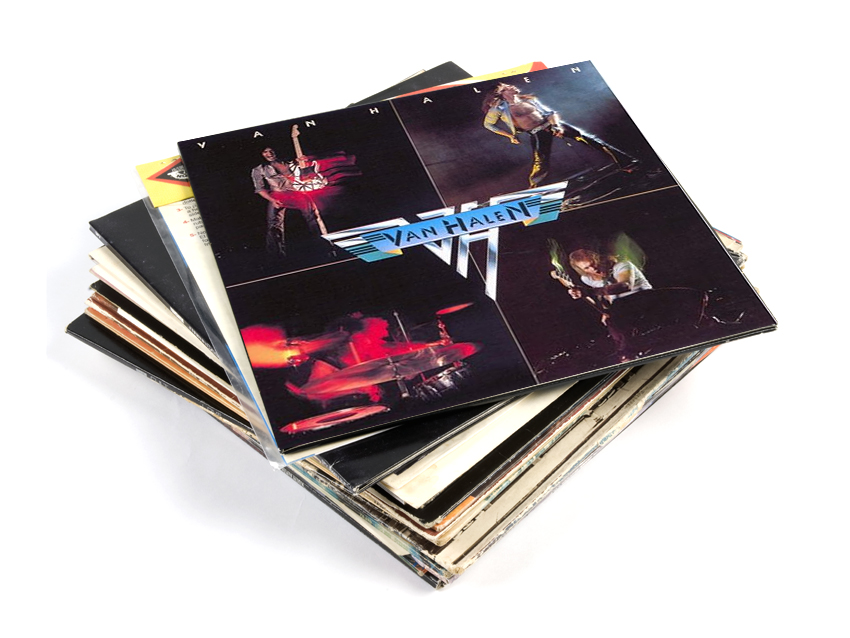
Van Halen - Atomic Punk
Guitarist: Edward Van Halen
Effect Used: MXR Phase 90
Ed rubs his palm on the strings to produce a sound not unlike the frenetic crashing of waves on to a beach. Always adamant that he tried to get effects from the guitar rather than be reduced to ‘tap dancing’, even he had to admit defeat in this case.
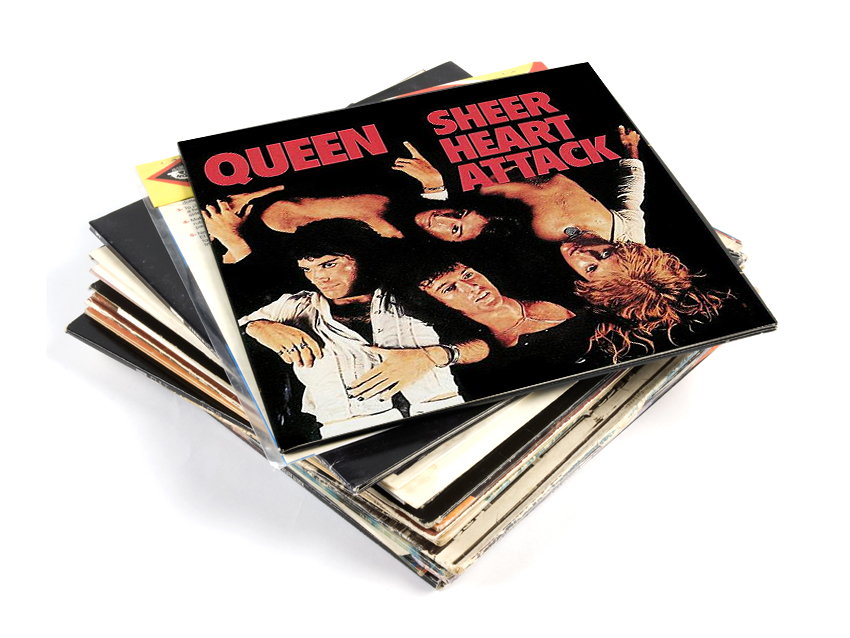
Queen - Brighton Rock
Guitarist: Brian May
Effect used: Echoplex EP-3
Unlike May’s live solo piece, this example uses just one single repeat rather than two set equidistant to build up harmonies. Queen frontman Freddie Mercury used this latter set-up during vocal sections of Prophet’s Song on the band’s next album, A Night At The Opera.
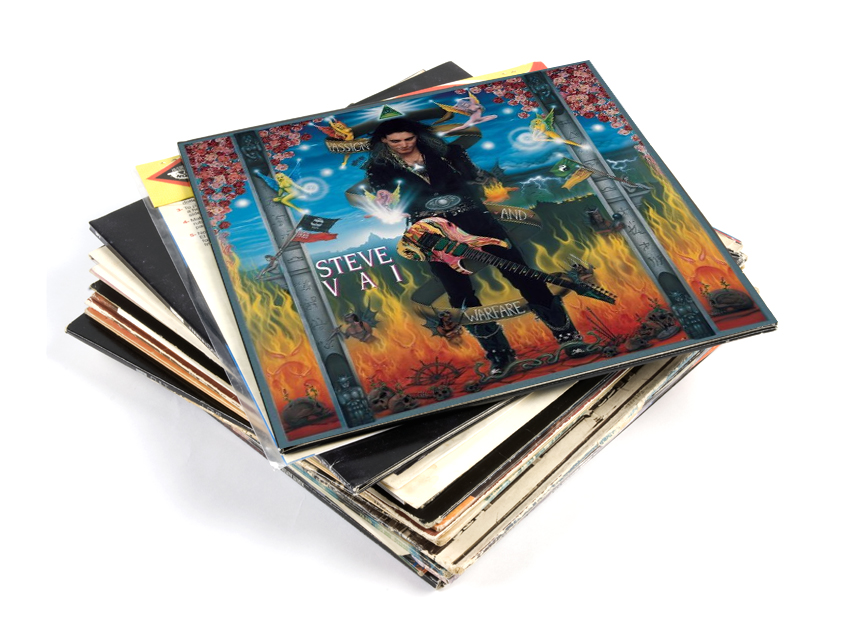
Steve Vai - Ballerina 12/24
Guitarist: Steve Vai
Effect used: Eventide H3000 Harmoniser
Not one for making do with stock equipment, Vai built a patch from scratch in order to mimic the flow and movement of the titular dancer. Based around pin-sharp, pitch-shifted octaves, Eventide still supplies Vai-constructed upgrades for the unit to this day.
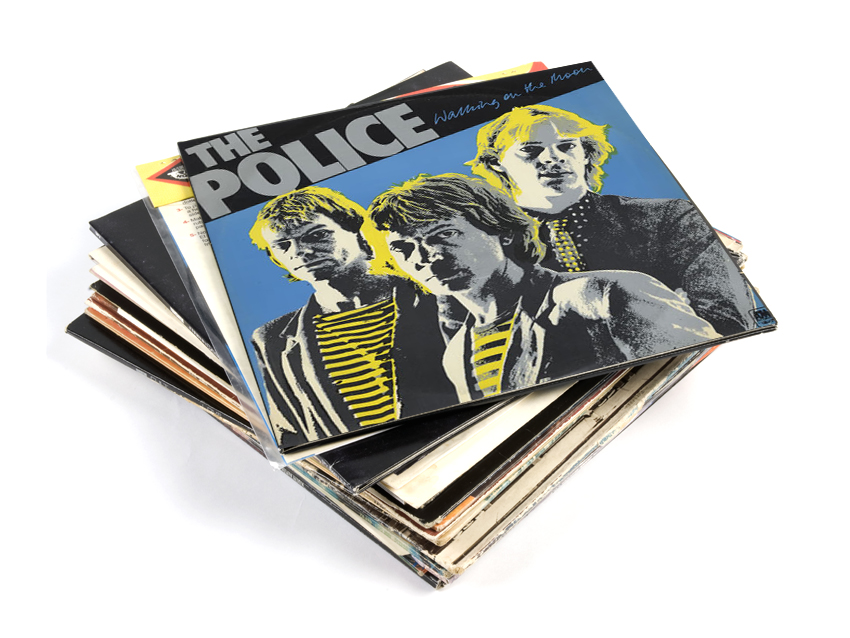
The Police - Walking On The Moon
Guitarist: Andy Summers
Effects used: MXR Dyna-Comp & Electro-Harmonix Electric Mistress
This classic example of Summers’ rhythm tone is based around a flanger rather than a chorus and he used the very first version of the Mistress for the recording. The pedal utilises ‘bucket brigade’ devices, an integrated circuit that formed the core of most pre-digital modulation effects.
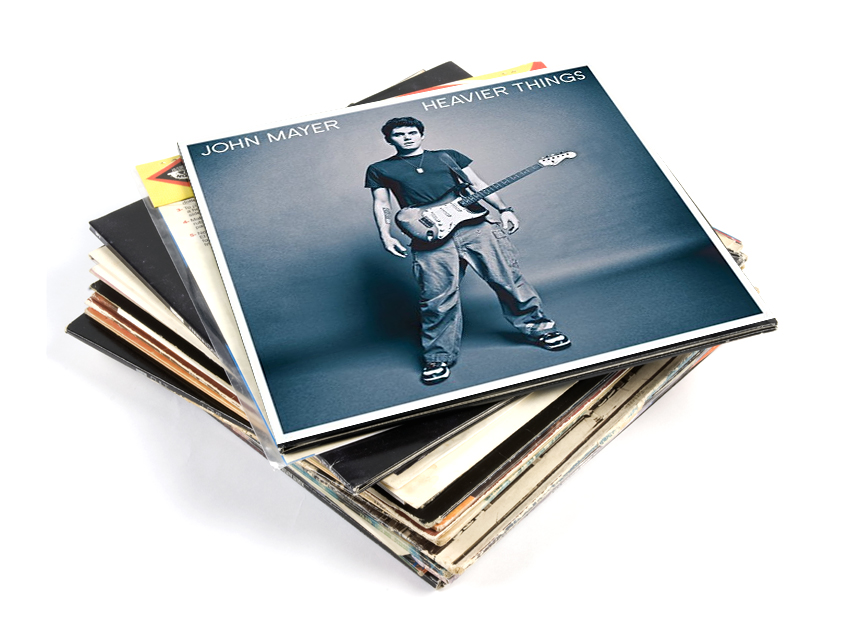
John Mayer - Bigger Than My Body
Guitarist: John Mayer
Effect used: Linn AdrenaLinn
The signature intro riff of Mayer’s hit came to him when he visited New York guitar shop Rudy’s one day, to try out a Rick Turner guitar and Roger Linn’s unique sequencer-style FX box, the AdrenaLinn. “Very soon I found this combination of the beat and the arpeggiator: I’d never heard a guitar do that before…” As little as two weeks later, he had recorded his breakthrough hit and was on his way.
Did you know?
An AdrenaLinn also provides the tremolo effect for the riff on Green Day’s Boulevard Of Broken Dreams.
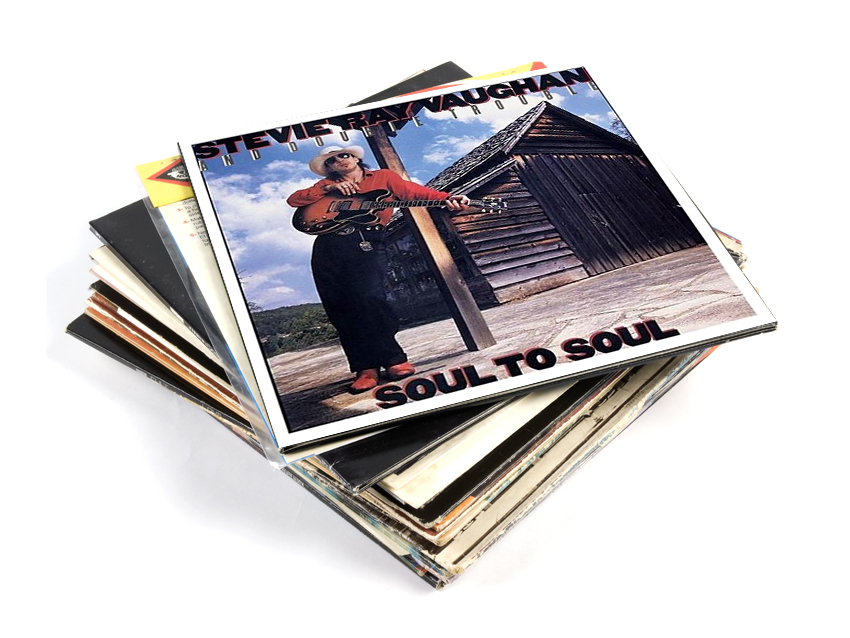
Stevie Ray Vaughan and Double Trouble - Say What!
Guitarist: Stevie Ray Vaughan
Effect: Two wah pedals (likely Vox)
Two wah-wahs (one of which belonged to Jimi Hendrix himself, ending up with SRV via brother Jimmie) wired together in line are responsible for this torrential tone cascade from Soul To Soul’s opening salvo.
Vaughan’s trick of rocking the pedals in opposite directions created a scything, dense and unpredictable phasing wall of wah funky enough to have Hendrix’s fingers (and toes) twitching in his grave.

Guitarist is the longest established UK guitar magazine, offering gear reviews, artist interviews, techniques lessons and loads more, in print, on tablet and on smartphones
Digital: http://bit.ly/GuitaristiOS
If you love guitars, you'll love Guitarist. Find us in print, on Newsstand for iPad, iPhone and other digital readers

